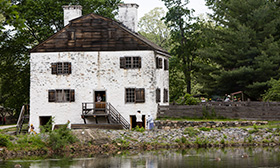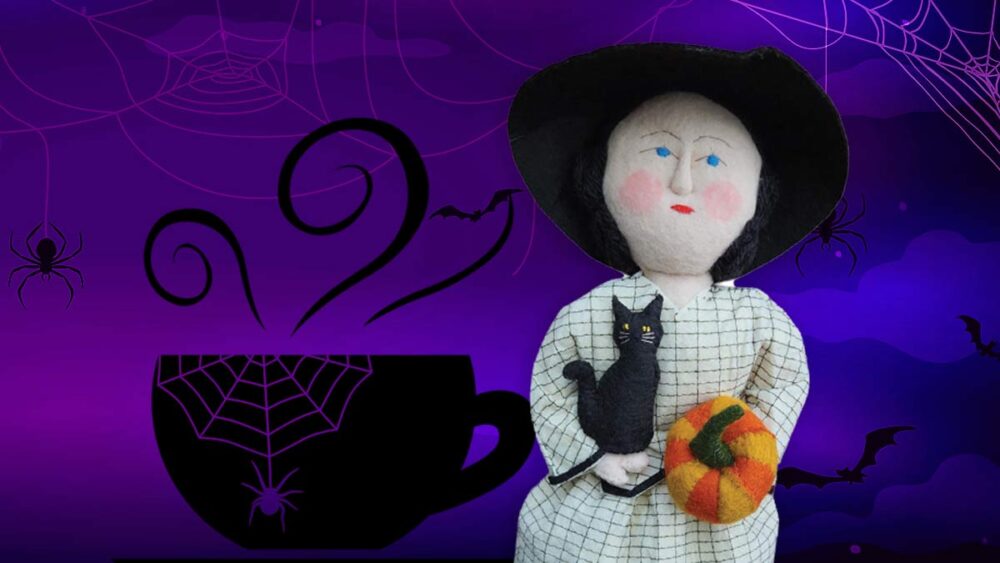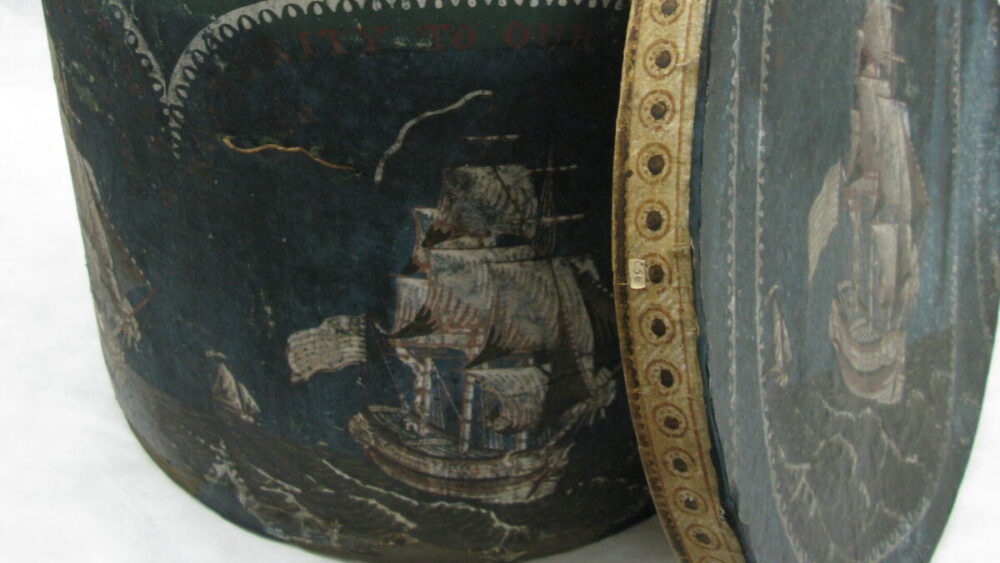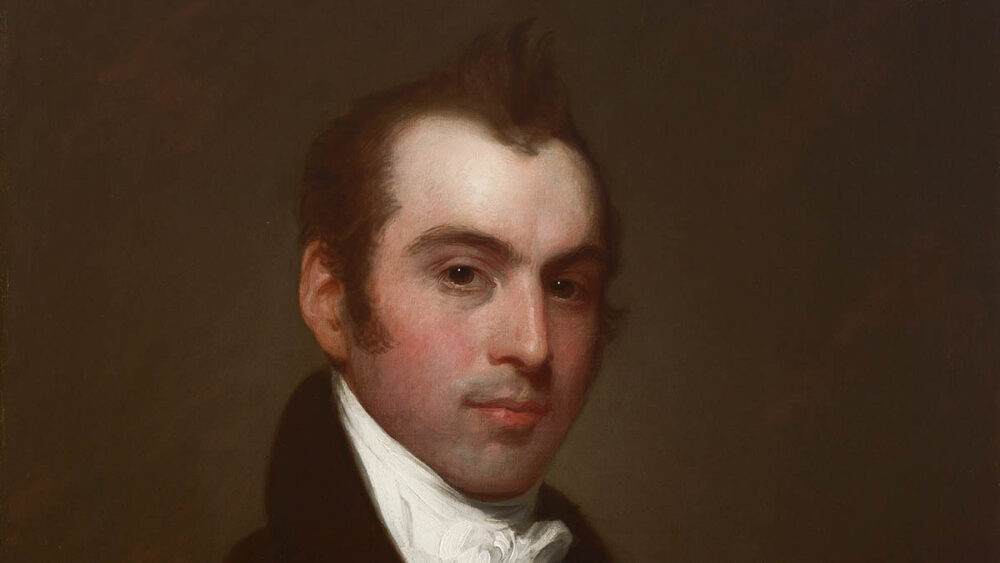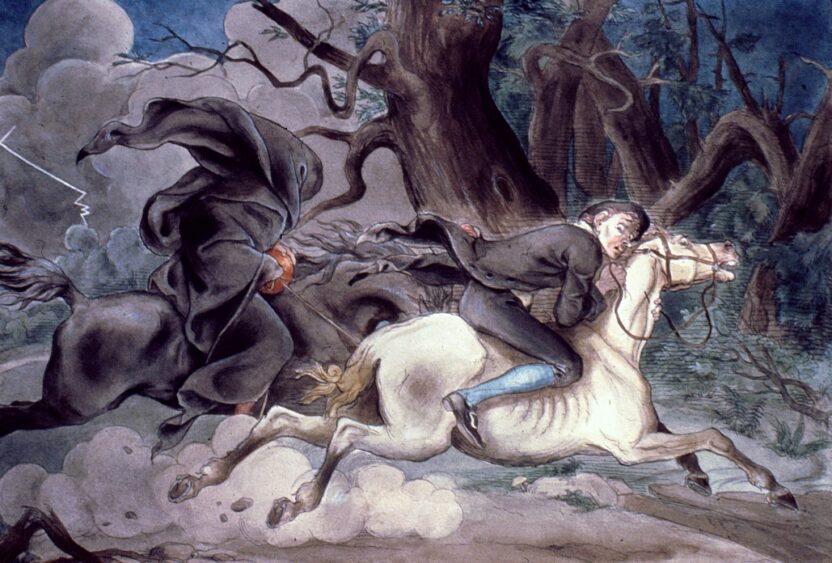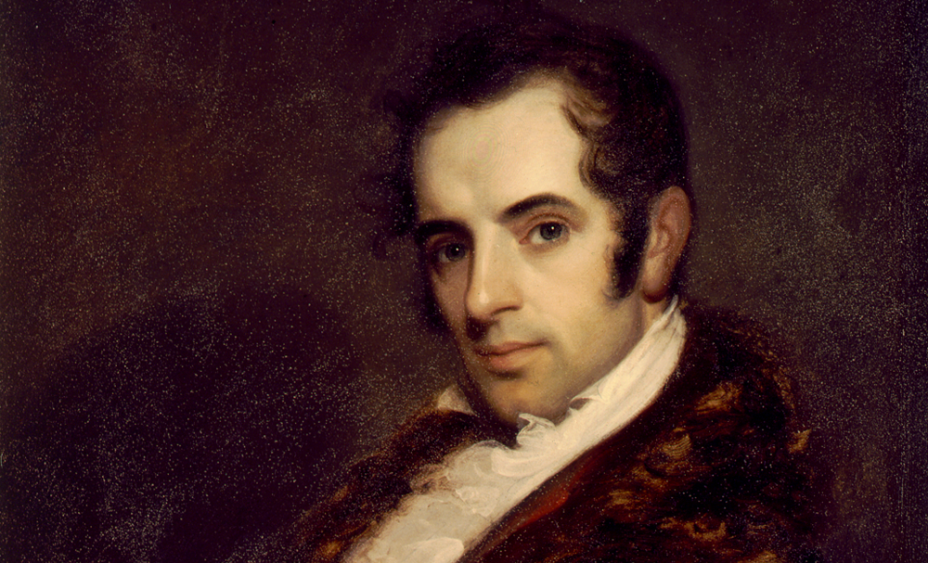10 Things You Probably Didn’t Know About Washington Irving
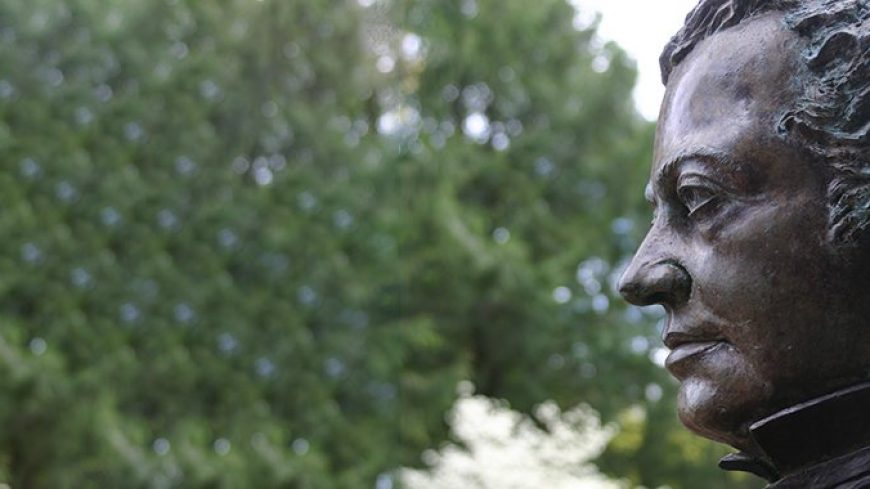
You know The Legend of Sleepy Hollow from the countless movies, cartoons and other adaptations. The tale of Rip Van Winkle is thoroughly ingrained in American culture. But how about the man behind the stories? As it turns out, Washington Irving’s life was just as interesting as the books he wrote. Here are 10 things you might not know about America’s first international best-selling author.
1. Irving was the last of 11 children, eight of whom lived into adulthood. His older brothers often supported him as he pursued his writing interests, and he started the literary magazine Salmagundi with his brother William.
2. He was named after George Washington. Irving was born in 1783, the same year the American Revolution came to an end. He was named after the war hero and attended Washington’s inauguration when he was 6 years old. In fact, historians think that Irving’s account of Washington’s swearing-in created the now-challenged story that Washington added “So help me God” to his oath of office.
3. In 1798, yellow fever had reached epidemic proportions in New York with over 800 deaths. Fear of the disease drove the family to send Irving to stay with a friend in Tarrytown. It was here that he would have gotten to know Sleepy Hollow, which was to become the setting, of course, of his most famous story, The Legend of Sleepy Hollow.
4. As a reporter for his brother Peter’s newspaper, The Morning Chronicle, Irving covered Aaron Burr’s treason trial. He described the courtroom meeting of Burr and his adversary General James Wilkinson, saying, “Burr turned his head, looked him full in the face with one of his piercing regards, swept his eye over his whole person from head to foot, as if to scan his dimensions, then coolly resumed his former position.”
5. He was engaged to Matilda Hoffman in 1808, but she died of tuberculosis before they were wed. Irving was devastated and never married. Years later he wrote to a friend about her death, saying, “For years I could not talk on the subject of this hopeless regret; I could not even mention her name; but her image was continually before me, and I dreamt of her incessantly.”
6. Irving not only coined the word “Gotham” as a nickname for New York City, he also helped establish the use of “knickerbocker” as a name for New Yorkers. “Gotham” was the name of the city lampooned in stories is his literary magazine. “Knickerbocker” was adapted from his book, A History of New York: From the Beginning of the World to the End of the Dutch Dynasty, by Diederich Knickerbocker.
Irving was also the origin of the phrase “the almighty dollar,” having written in The Creole Village, “The almighty dollar, that great object of universal devotion throughout our land, seems to have no genuine devotees in these peculiar villages; and unless some of its missionaries penetrate there, and erect banking houses and other pious shrines, there is no knowing how long the inhabitants may remain in their present state of contented poverty.”
7. It wouldn’t be a very merry Christmas without Irving. In a time when Christmas wasn’t widely celebrated, Irving helped create the modern image of Santa Claus in A History of New York. He wrote about a man who dreamt that “the good St. Nicholas came riding over the tops of the trees, in that self-same wagon wherein he brings his yearly presents to children.” He continued to foster the Christmas tradition in The Sketch Book of Geoffrey Crayon, Gent.,with stories like “Christmas Eve,” which describes the then little-known tradition of hanging mistletoe.
8. Irving also had a hand in inventing the myth that people in the Middle Ages thought the world was flat. In Irving’s 1828 book A History of the Life and Voyages of Christopher Columbus, he fictionalizes the meeting of the Spanish commission that examines Columbus’ expedition plan, with members of the committee raising objections to the idea that world was round. Readers accepted Irving’s version as truth, but in reality the educated class would have long accepted the idea of a round earth.
9. He bought his riverside home, Sunnyside, in 1835 for $1800, and he died of a heart attack in his bedroom in 1859. The home was quite the tourist attraction, with Oliver Wendell Holmes, Sr. writing that Sunnyside was “next to Mount Vernon, the best known and most cherished of all the dwellings in our land.”
10. In 1940, Irving was the first author to be featured on the “Famous Americans” series stamps. Other authors included in the series were James Fenimore Cooper, Ralph Waldo Emerson, Louisa May Alcott, and Samuel Clemens.
Get to know Washington Irving even better. Plan a trip to Sunnyside, the author’s charming riverside home.


